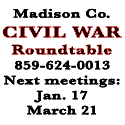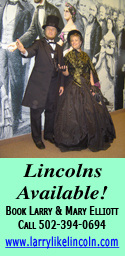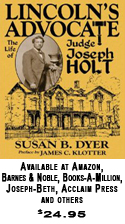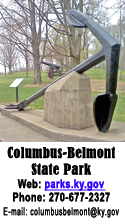|
The Dahlgren Papers. . .
Teenager’s search led to war ‘violation’
that may have prompted Lincoln murder
Thirteen-year-old William Littlepage was walking past Union bodies following a failed raid (March 2, 1864) near Richmond, Va., when he stopped to view the corpse of Col. Ulric Dahlgren.
He searched through the pockets of the dead Yankee officer, hoping to find a pocket watch. Instead, he discovered a small notebook and two folded papers. He glanced through the documents, then promptly gave them to his teacher, Edward W. Halbach, who was a captain in the Confederate Virginia Home Guard.
Halbach examined the papers and found they contained signed orders on Union army stationery for a plot to assassinate Confederate President Jefferson Davis. One of the papers noted that once Union troops were in Richmond, that the city “must be destroyed and Jeff. Davis and Cabinet killed.”
The documents were passed through Confederate command in the capital city and eventually were given March 4 to Gen. Fizhugh Lee who took the papers immediately to President Davis and Secretary of State Judah P. Benjamin.
When Secretary of War James A. Seddon received the documents, he obtained Davis’ approval to release the orders publicly. Given to the Richmond newspapers, the information was published the morning of March 5.
The papers were widely circulated during the next few months throughout the Confederacy and in Europe as evidence of Union barbarism. In the North, the papers were denounced as a forgery designed to weaken the Union’s war effort.
Until this point, the Civil War had been a gentleman’s affair, fought by gentlemen’s rules with flags of truce and gallant messages between opposing commanders. But the Dahlgren papers seemed a wholesale violation.
Whatever the truth, the Dahlgren papers served as reason enough for Confederate leaders to finally approve plans to whip up armed rebellion among Southern sympathizers in the North. They also encouraged a plot to bomb the White House and kill President Abraham Lincoln. Actor John Wilkes Booth was believed to have been part of that plot. When it failed, it is conjectured, Booth decided to take more direct action.
In November 1865, seven months after Lee surrendered at Appomattox, Lincoln’s secretary of war, Edwin Stanton, ordered Francis Lieber, the keeper of captured Confederate records, to turn over everything relating to the Richmond raid. Lieber gave Stanton the original papers and notebook found on Dahlgren’s body, plus all relevant correspondence from the Confederate archives. Historian James O. Hall searched widely for the missing papers and finally tracked them to Stanton.
“[S]uspicion lingers,” Hall wrote, “that Stanton consigned them to the fireplace in his office.”
No further trace of the original papers was found and the argument over their authenticity still rages. If the Dahlgren papers were authentic, however, historians claim it could be fairly argued that President Lincoln, by targeting his opposite number in Richmond, set in motion the events that would end with his own assassination at Ford’s Theatre on April 14, 1865.
|












